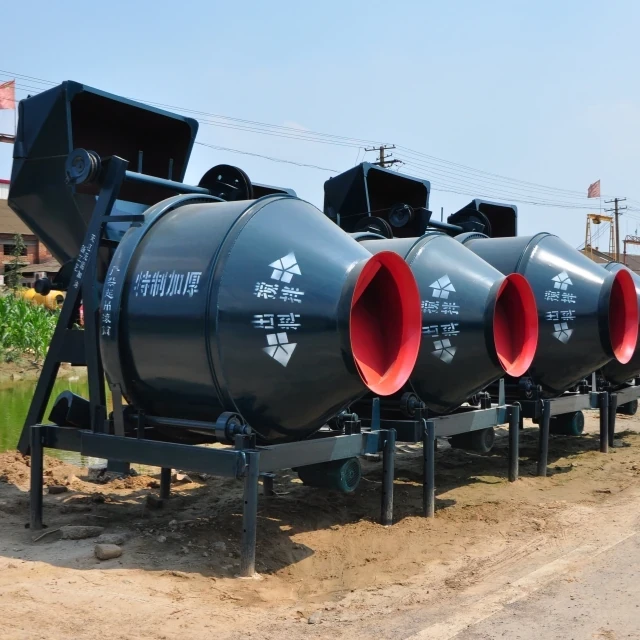Introduction
Cement production facilities face hidden dangers in everyday operations—combustible dust accumulations capable of triggering catastrophic explosions. This guide demystifies the science behind dust combustibility, compares modern mitigation systems, and provides actionable protocols aligning with OSHA NFPA 652 and ISO 80079 standards. Whether you're evaluating pulse-jet filters or training staff on baghouse maintenance, these evidence-based strategies help avert the kind of incident that caused a $2M Texas facility fire in 2022.
Dust Hazards in Cement Tank Environments
The Science Behind Cement Dust Combustibility
Cement dust becomes explosive when three elements converge: fine particle dispersion (typically under 75 microns), oxygen exposure, and an ignition source. Studies show dust layers as thin as 1/32 inch can propagate explosions if disturbed.
Critical Risk Factors:
- Particle Size: 90% of cement dust explosions involve particles smaller than 50 microns
- Moisture Content: Dry conditions (
- Concentration Thresholds: Just 50g/m³ of airborne dust reaches explosive limits
Ever wondered why some facilities experience repeated near-misses? Often, it’s underestimating how quickly standard operations—like pneumatic conveying—can generate hazardous concentrations.
Mechanical vs. Pulse Cleaning: Selecting the Right System
| Factor | Mechanical Shakers | Pulse-Jet Filters |
|---|---|---|
| Dust Dislodgement | Physical vibration | Compressed air bursts |
| Best For | Coarse dust (>75 microns) | Fine dust ( |
| Maintenance Interval | Weekly bag inspections | Real-time pressure monitoring |
Pulse-Jet Advantages:
- 30% faster dust removal, reducing accumulation risks
- Automated pressure sensors trigger cleaning cycles before hazardous buildup
- Compatible with Garlway’s explosion venting systems
Maintenance Protocols for Long-Term Safety
Step-by-Step Dust Collector Bag Inspection
-
Isolate the System
- Lockout/tagout power sources per OSHA 1910.147
- Wait 30 minutes after shutdown to allow dust settlement
-
Check for Failures
- Holes >1/8 inch require immediate replacement
- Stiffness indicates moisture absorption—a combustion catalyst
-
Pressure Testing
- Use a magnehelic gauge to verify
Think of filter bags as your facility’s immune system—small breaches can escalate into systemic failures if untreated.
Case Study: Blocked Bags and the $2M Texas Fire (2022)
A Houston cement plant skipped quarterly bag replacements to cut costs. Over six months:
- Airflow dropped 40%, causing dust to backflow into ducts
- A spark from an overloaded conveyor motor ignited the accumulation
- Result: 3 injured workers and total baghouse destruction
Lessons Learned:
- Never exceed manufacturers’ 12-month bag lifespan
- Infrared thermal imaging spots hidden hot spots monthly
Regulatory Compliance and Operational Excellence
Aligning with OSHA NFPA 652 and ISO 80079
-
NFPA 652 Mandates:
- Dust hazard analysis (DHA) every 5 years
- Class II, Division 2 electrical equipment in storage areas
-
ISO 80079-20-2 Testing:
- Measures minimum ignition energy (MIE) of your specific dust blend
- Requires explosion protection documents (ExPD) for auditors
Training Programs for Hazard-Aware Teams
- Quarterly Drills: Simulate emergency response to dust fires
- VR Simulations: Let workers practice identifying overloaded silos
-
Certification: Garlway’s OSHA-authorized courses cover:
- Proper grounding of portable equipment
- Interpreting dust concentration alarms
Conclusion: Building a Culture of Prevention
Combustible dust demands respect—not fear. By combining pulse-jet technology with disciplined maintenance and NFPA-aligned training, facilities transform tanks from liability to controlled environments. Start tomorrow with these steps:
- Audit Your Dust – Send samples for MIE testing
- Upgrade Proactively – Replace shaker systems handling fine dust
- Train Relentlessly – Make hazard recognition second nature
The cement industry’s future belongs to those who treat dust not as waste, but as a controlled variable.
